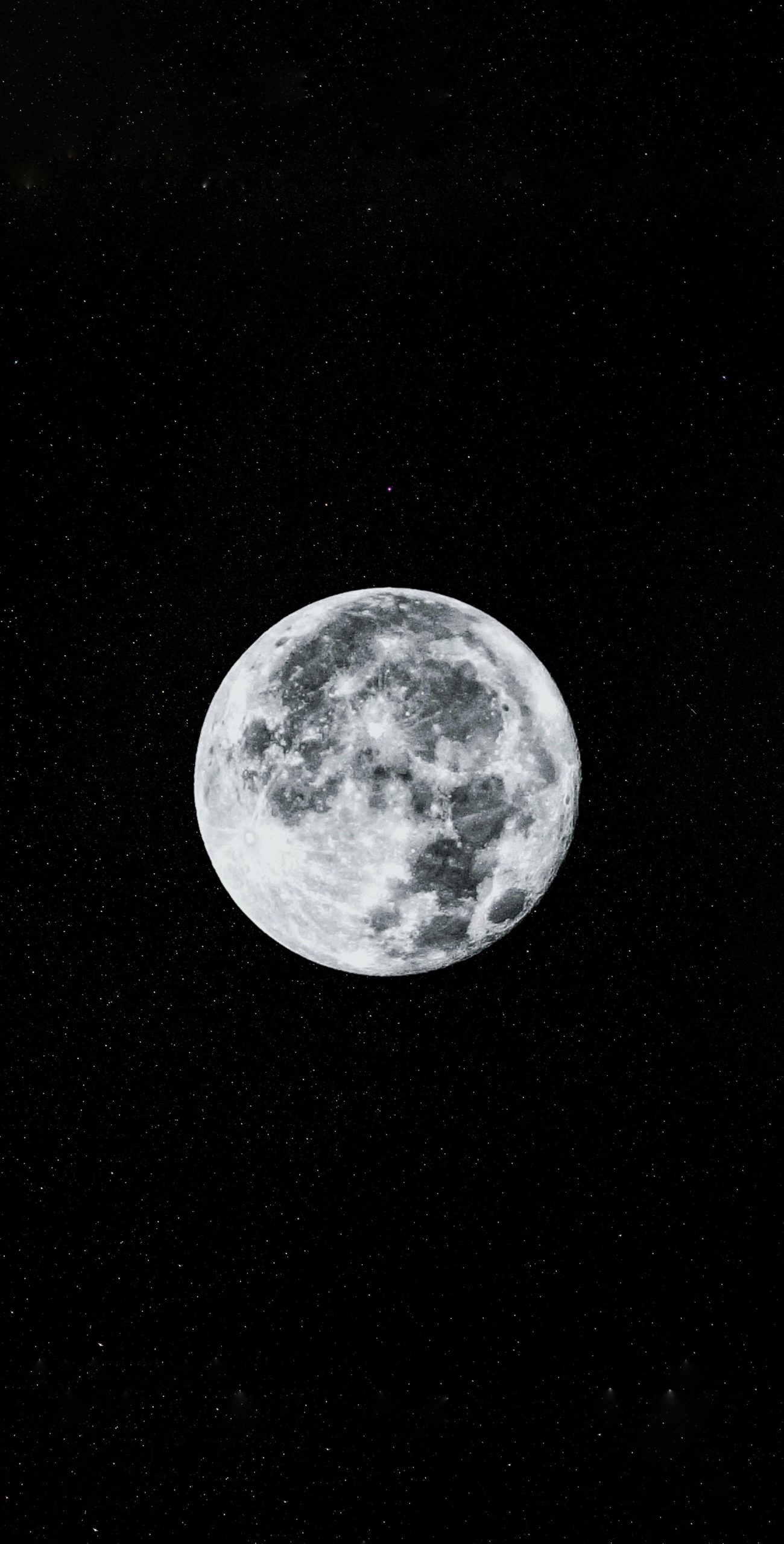Exploring the Significance of the Moon in Islam and its Symbolic Representation
The moon plays a prominent role in many ancient cultures and belief systems, and Islam is no exception. As one of the major world religions, Islam incorporates various symbols and representations into its teachings and practices. Among these symbols, the moon holds a special place in Islamic history, tradition, and spirituality. In this blog post, we will delve into the significance of the moon in Islam and explore its symbolic representation through the concept of the “Islam moon PNG”.
The Importance of the Moon in Islamic Culture
In Islamic tradition, the moon holds deep spiritual and cultural significance. The lunar calendar, based on the cycle of the moon, determines important religious observances such as Ramadan, Eid-ul-Fitr, and Eid-ul-Adha. The sighting of the crescent moon marks the beginning and end of the Islamic months and holds profound importance for believers around the world.
Furthermore, the moon is frequently mentioned in the Quran, the holy book of Islam. The Quran often refers to the moon as a sign of Allah’s creation and power. One verse states: “It is Allah who made the sun a shining light and the moon a derived light and determined for it phases – that you may know the number of years and account [of time]. Allah has not created this except in truth and righteousness.” (Quran, 10:5)
The Symbolic Representation of the Moon in Islam
To represent the moon and its significance in Islam, different symbols are utilized, some of which are shared across various cultures and religions. One prevalent symbol is the crescent moon, which is widely recognized as the emblem of Islam. The crescent moon, often depicted with a star, adorns many Islamic flags, places of worship, and artwork.
The crescent moon symbolizes the beginning of the lunar month, marking the start of Ramadan, a crucial time of fasting and spiritual reflection for Muslims worldwide. Similarly, it signifies the end of Ramadan, heralding the joyous celebrations of Eid-ul-Fitr.
Another symbolic representation of the moon in Islam can be observed through the “Islam moon PNG.” PNG stands for Portable Network Graphics, a file format commonly used for digital images. The “Islam moon PNG” refers to a graphic representation of the crescent moon and sometimes the star, often used in digital media, websites, and applications as a symbol of Islam.
Exploring the “Islam Moon PNG” Icon
The “Islam moon PNG” icon typically features a black or dark blue crescent moon, representing the Moon in its early phases, against a white or light blue background. Occasionally, a star may accompany the crescent moon icon, indicating the prominence of both heavenly bodies in the Islamic faith.
This icon is commonly employed in various digital contexts, such as websites, social media, mobile applications, and graphic design. It serves as a recognizable symbol to identify content or information related to Islam. The “Islam moon PNG” icon often resonates with Muslims and non-Muslims alike, capturing the essence of Islamic culture and its association with the lunar calendar and the moon’s symbolism.
The Cultural and Artistic Depictions of the Moon in Islamic Art
The prominence of the moon in Islamic culture is also reflected in the realm of art and architecture. Islamic art is renowned for its intricate geometric patterns, calligraphy, and detailed ornamentation. The moon, symbolizing divinity and spirituality, frequently appears in these artistic creations.
One famous example of the moon’s representation in Islamic art is the use of latticework patterns often found in mosques and buildings. These intricate designs, known as “jaali” or “mashrabiya,” mimic the crescent moon’s shapes and allow a beautiful interplay of light and shadows, casting ethereal patterns reminiscent of the lunar phases.
Additionally, calligraphy featuring verses from the Quran frequently incorporates the imagery of the moon. The delicate strokes of Arabic letters are sometimes shaped to resemble a crescent moon, symbolizing the connection between the divine words of the Quran and the celestial body.
Conclusion
The moon holds a prominent place in Islamic culture and religion, embodying the lunar calendar, marking significant religious observances, and serving as a symbol of divinity. Represented through the “Islam moon PNG” icon and depicted in artistic works, the moon’s significance in Islam is multifaceted and deeply ingrained in the faith.
The “Islam moon PNG” icon, often used in digital media and design, serves as a recognizable emblem of Islam in the modern world. It carries with it the rich history and spirituality associated with the moon’s symbolism, fostering a sense of unity and identification for believers and non-believers alike.
By understanding the significance of the moon in Islam, we can gain a deeper appreciation for the cultural, spiritual, and artistic expressions found within this vibrant and diverse religion.
Table of Contents
